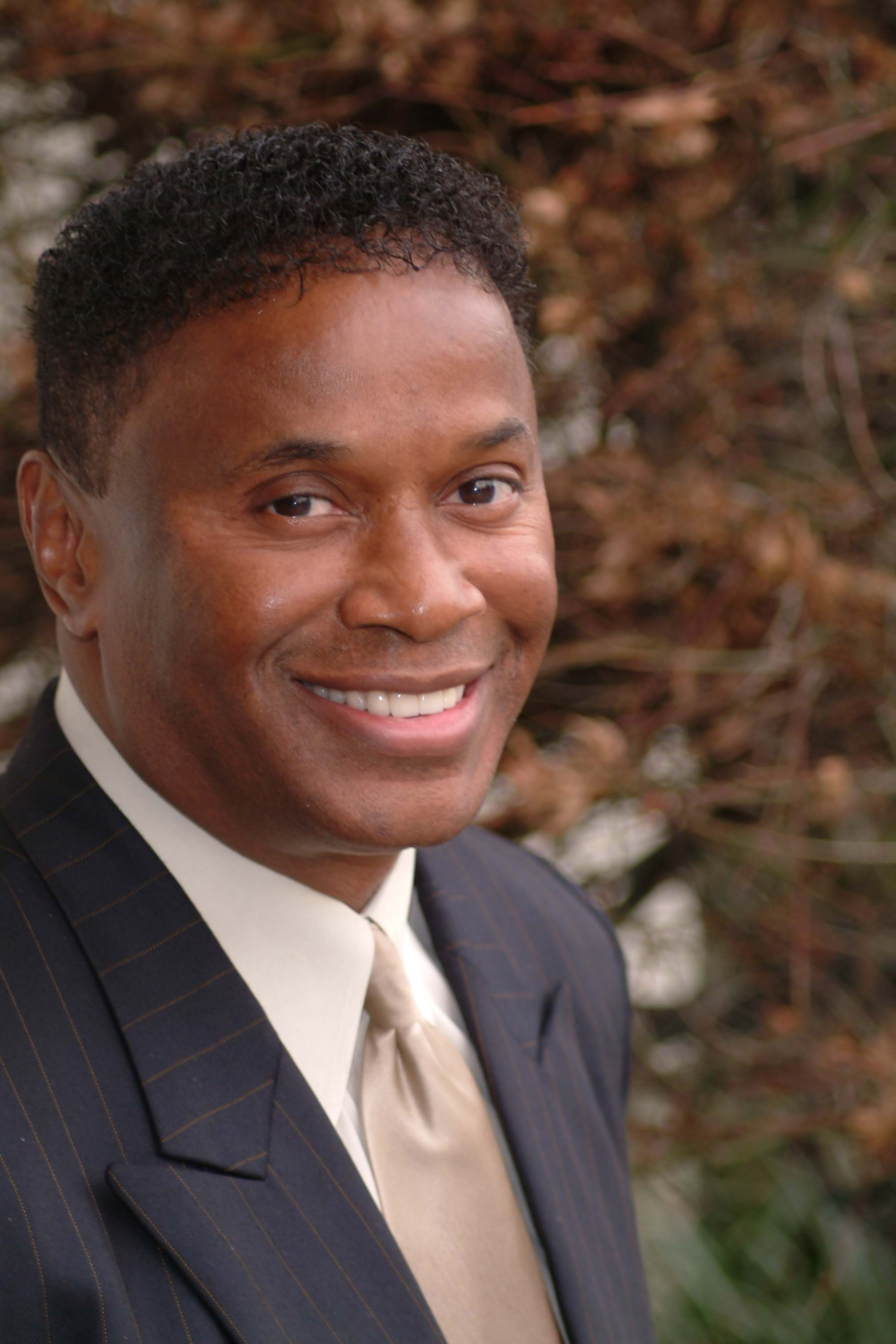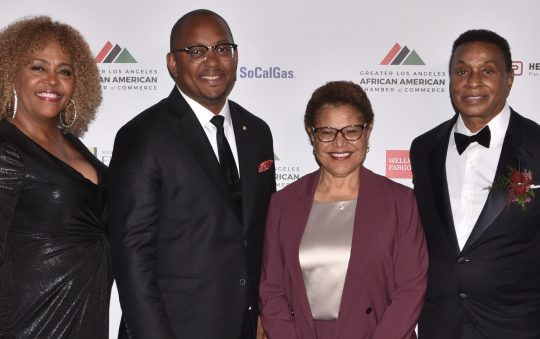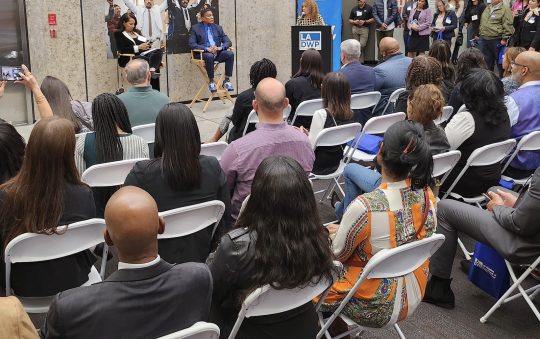
Throughout American history, investments in energy and transportation infrastructure have greatly improved our quality of life. However, these advancements often came at the expense of marginalized communities. For example, during the construction of the Hoover Dam in the 1930s, only 1% of the workforce was Black, and Black men were relegated to work in the hottest areas of the site, such as the gravel pits. Similarly, in the 1950s, the Interstate Highway System, while expanding mobility, was intentionally routed through Black and brown communities instead of white areas.
This time, we must ensure things are different. As we build the clean energy infrastructure necessary for achieving a net-zero greenhouse gas future, energy equity cannot be an afterthought. Energy equity encompasses two key elements: 1) the inclusion of diverse workers and suppliers in the construction of new clean energy infrastructure, and 2) the consideration of the effects of new infrastructure on people and places, safeguarding the environmental and economic interests of all communities.
To make progress towards energy equity, top U.S. utility industry regulators and executives convened in Southern California last week at the National Utility Diversity Council’s (NUDC) 10th anniversary summit hosted at the SoCalGas Hydrogen Innovation Experience in Downey, California. Utility commissioners from states such as California, New Jersey, Illinois, Connecticut, Nevada, and top leadership from companies like Duke Energy, the New York Power Authority, and SoCalGas were in attendance.
The summit’s roundtable discussions, plenary sessions, and panels aimed to ensure the inclusion of diverse suppliers from across the country in the construction of America’s new generation of clean energy infrastructure. There are reasons for optimism in this regard. California, a long-time leader in clean energy, has maintained a commitment to working with diverse suppliers for many decades. At the federal level, there has been a marked change from the previous administration with the introduction of the Infrastructure Investment and Jobs Act (IIJA), which will fund various infrastructure initiatives, including clean energy, employing diverse suppliers. Additionally, the Department of Energy has been tasked with implementing the new Justice 40 Initiative, aiming to allocate 40% of the nation’s expected $2 trillion clean energy investment to diverse suppliers
Promoting supplier diversity in building clean energy infrastructure will bring prosperity to business owners who were previously overlooked. However, there is more work to be done. It is essential to consider the impact of new energy infrastructure on all communities. The challenge lies in building in a manner that is mindful of human and environmental impacts while remaining cost-effective and ensuring timely project completion. In this regard, the proposed reforms to the California Environmental Quality Act, put forth by Governor Newsom, present a sensible approach that could serve as a model nationwide
Climate change demands rapid and collaborative action. We must act swiftly and build with unity. If the NUDC’s vision of energy equity becomes a reality, investments in the energy transition could be a significant stride toward achieving broader equity in the U.S. If companies like SoCalGas, who spent over a billion dollars with diverse suppliers last year, continue to prioritize these considerations as the nation moves through this transition, then the U.S. energy market stands to become one of the most efficient and equitably balanced economies in the world.
Gene Hale
Chairman
Greater Los Angeles African American Chamber of Commerce







